Gauze is one of the oldest medical care supplies, with the oldest recorded use dating back to ancient Egyptian civilization. It is a mesh of fabric (available in both woven and unwoven forms), typically cotton, that has extensive use in the medical field for cleaning and protecting wounds. It is non-adherent and found in many different forms like rolls, sponges, swabs, and, lastly, sterile and non-sterile gauze pads which is the type we will be discussing here.
Gauze pads are a medical dressing that is composed of multiple layers of gauze, usually formed into a square shape. Different-sized sterile and non-sterile gauze pads are available in the market, the most common being:
- 2″ x 2″ gauze pads
- 3″ x 3″ gauze pads
- 4″ x 4″ gauze pads
They are highly absorbent, breathable, versatile, and easily obtainable in both sterile and non-sterile forms. These qualities make medical sterile and non-sterile gauze pads a popular choice of dressing for first aid and medical practices.
Sterile Gauze Pads
Sterile gauze pads are gauze pads that have gone through a sterilization process. They are free from contaminations like dirt and microorganisms, which makes them ideal to use on open wounds. The disinfection reduces the risk of infection after the wound has been thoroughly cleaned.
To offer protection from environmental contaminants and maintain sterility, sterile gauze pads are individually wrapped in sealed packaging. They are versatile in their use and a staple of portable first aid kits.
Applications of Sterile Gauze Pads
- Stopping bleeding
- Cleaning and disinfecting wounds open wounds
- Applying ointments
- Debridement of wounds
- As primary dressing (in combination with medical tape) for bandaging wounds
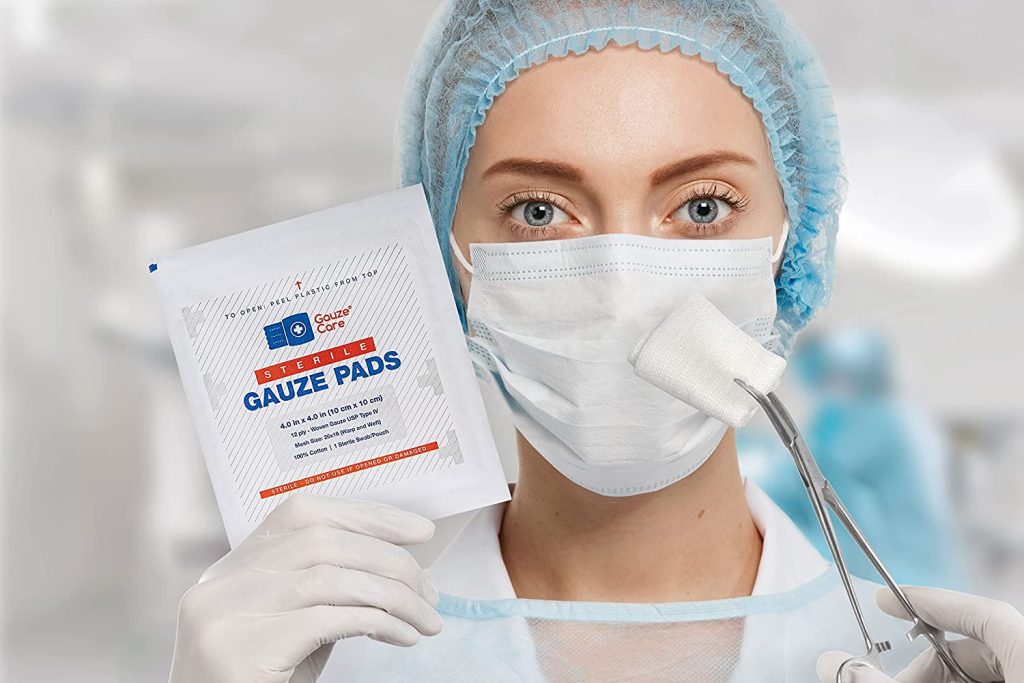
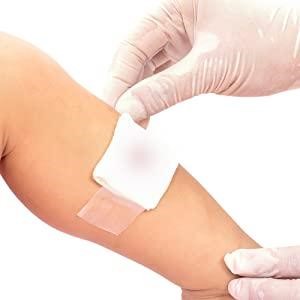
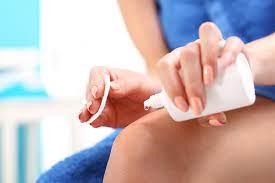
Non-Sterile Gauze
Non-sterile gauze pads are gauze pads that haven’t gone through a sterilization process. Since non-sterile gauze pads are not sanitized, they are not ideal for use on open wounds and would present a risk for infections. They can instead be used on closed wounds like bruises and as a secondary dressing to hold the primary dressing in place.
They require no special storage and are generally cheaper than sterile gauze pads, which makes them more convenient and cost-effective, particularly for health facilities that don’t regularly deal with open wounds.
Applications Gauze Pads:
- Cleaning and disinfecting closed wounds
- As cushioning for closed wounds like bruises
- A secondary dressing (in combination with medical tape) to hold a primary dressing in place
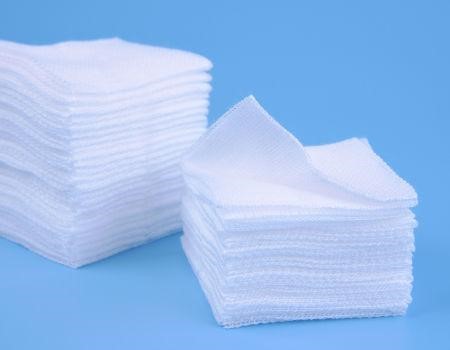
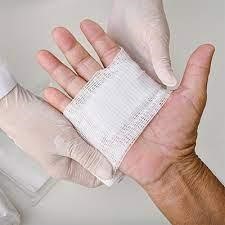
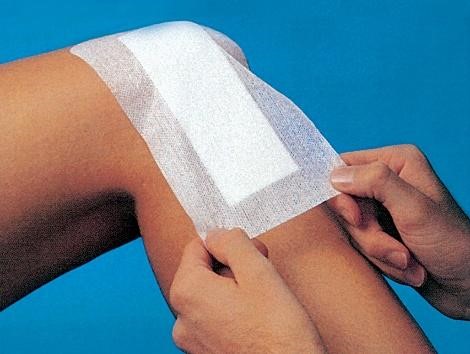
Choosing between sterile and non-sterile Gauze Pads
Sterile products are recommended for use in most medical cases. They are safer to use and greatly reduce the risk of infection. However, since sterile products are more expensive than non-sterile options, non-sterile gauze pads are used for cost-efficiency in cases where sterility isn’t a preference. Make your choice easy between sterile and non-sterile gauze pads with the help of the following details.
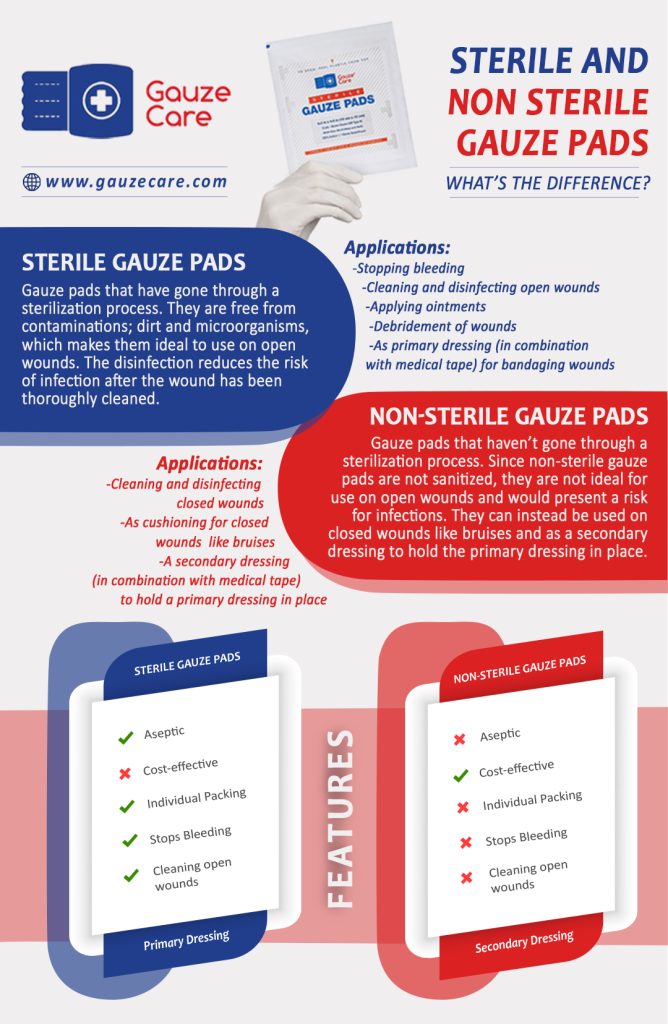
Sterilizing Non-Sterile Gauze Pads
Non-sterile gauze pads can be sterilized in a steam autoclave or by placing them in an ultraviolet chamber for an hour to kill the contaminants present. However, if you have found yourselves in a situation where you need to dress a wound or administer first aid and sterile gauze pads are not available to you, chances are you do not have an ultraviolet chamber at your disposal either. If such an emergency arises, you may follow the steps below to sterilize gauze pads.
- Boil water in a pot and put the gauze in it. Let it sit for 2 to 3 minutes
- Remove the gauze from the water and place it on a surface that has been thoroughly cleaned.
- Put iodine on the gauze and use it immediately on the wound to prevent re-contamination.
Disclaimer: Always use sterilized gauze pads when possible and do not resort to this process unless in a state of a dire emergency.
Closely monitor the injury and watch out for signs of an infection. Immediately consult a medical professional if you experience the following symptoms.
- Swelling
- Redness
- Increased pain
- Peculiar discharge
- Pungent smell
- Fever
Conclusions
To conclude, both sterile and non-sterile gauze pads have their benefits and disadvantages. Choosing the better option is dependent on the situation at hand. Both options should be considered, and the best option should be chosen to keep function and cost in mind.
We hope this blog has helped you better understand the medical tools at your disposal and enabled you to make more informed decisions in the future.